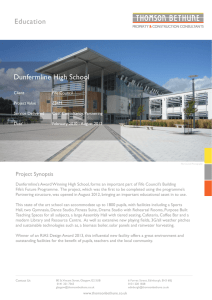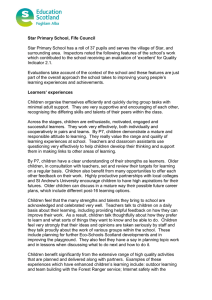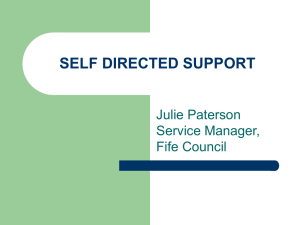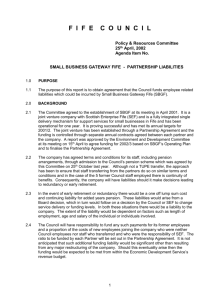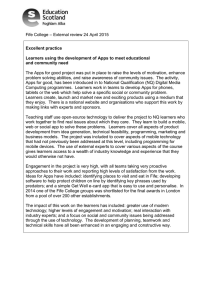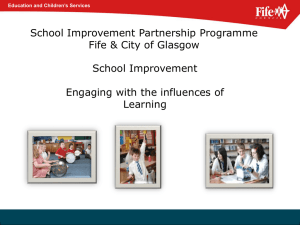Fife Earth: How big are your dreams?
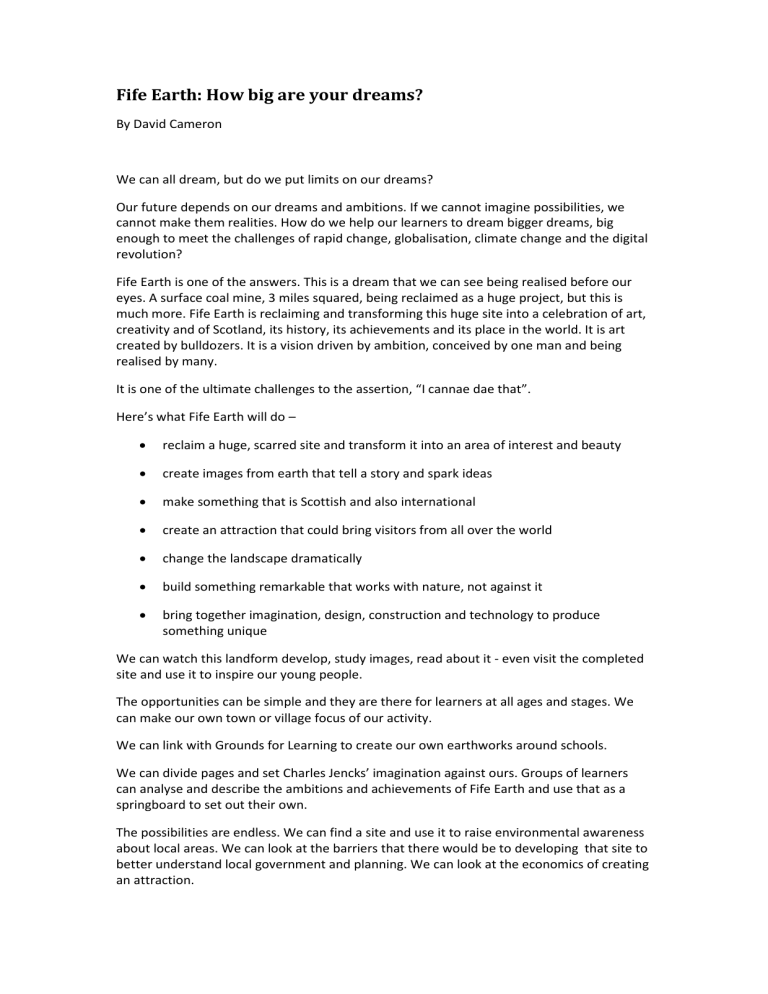
Fife Earth: How big are your dreams?
By David Cameron
We can all dream, but do we put limits on our dreams?
Our future depends on our dreams and ambitions. If we cannot imagine possibilities, we cannot make them realities. How do we help our learners to dream bigger dreams, big enough to meet the challenges of rapid change, globalisation, climate change and the digital revolution?
Fife Earth is one of the answers. This is a dream that we can see being realised before our eyes. A surface coal mine, 3 miles squared, being reclaimed as a huge project, but this is much more. Fife Earth is reclaiming and transforming this huge site into a celebration of art, creativity and of Scotland, its history, its achievements and its place in the world. It is art created by bulldozers. It is a vision driven by ambition, conceived by one man and being realised by many.
It is one of the ultimate challenges to the assertion, “I cannae dae that”.
Here’s what Fife Earth will do –
• reclaim a huge, scarred site and transform it into an area of interest and beauty
• create images from earth that tell a story and spark ideas
• make something that is Scottish and also international
• create an attraction that could bring visitors from all over the world
• change the landscape dramatically
• build something remarkable that works with nature, not against it
• bring together imagination, design, construction and technology to produce something unique
We can watch this landform develop, study images, read about it - even visit the completed site and use it to inspire our young people.
The opportunities can be simple and they are there for learners at all ages and stages. We can make our own town or village focus of our activity.
We can link with Grounds for Learning to create our own earthworks around schools.
We can divide pages and set Charles Jencks’ imagination against ours. Groups of learners can analyse and describe the ambitions and achievements of Fife Earth and use that as a springboard to set out their own.
The possibilities are endless. We can find a site and use it to raise environmental awareness about local areas. We can look at the barriers that there would be to developing that site to better understand local government and planning. We can look at the economics of creating an attraction.
The use of comparison is rich. Looking at the Fife Earth project as a partnership would allow young people to see who was involved and understand the importance of collaboration and the possibility of creating something that was greater than the sum of all its parts and its partners. The comparison then is with the partnership that they would need to establish for their site and their dream for that site. There is huge potential for understanding relationships in their communities and gaining insight into contemporary concepts like “The
Big Society”, public service, consultation and the nature of change in our society.
There are fantastic opportunities for debate and decision-making about their own projects, real or virtual, but all set against the reference point of an inspirational initiative that makes possibilities concrete for them. They always have the possibility for questions like, “what were their barriers?”, “how were they overcome?”. Perhaps most importantly, they can ask
“what can we learn?” and “how can we apply that learning?”
In a world of change and challenge, the capacity to learn and adapt is the most vital.
Learning thrives on inspiration and motivation, exactly what Fife Earth provides. It needs focus and must be planned. We know that learners need targets and need to be aware of what is expected of them, but it must offer the potential for young people to learn more than we teach and to have the scope to go beyond the specified outcomes, Fife Earth can offer this by always leaving the space to create and add a step more.
David Cameron is an independent education consultant, particularly interested in creativity and higher order skills. He was Director of Children's Services in Stirling Council until August 2009 and Head of Education in East Lothian Council from February 2001 to June 2005.
